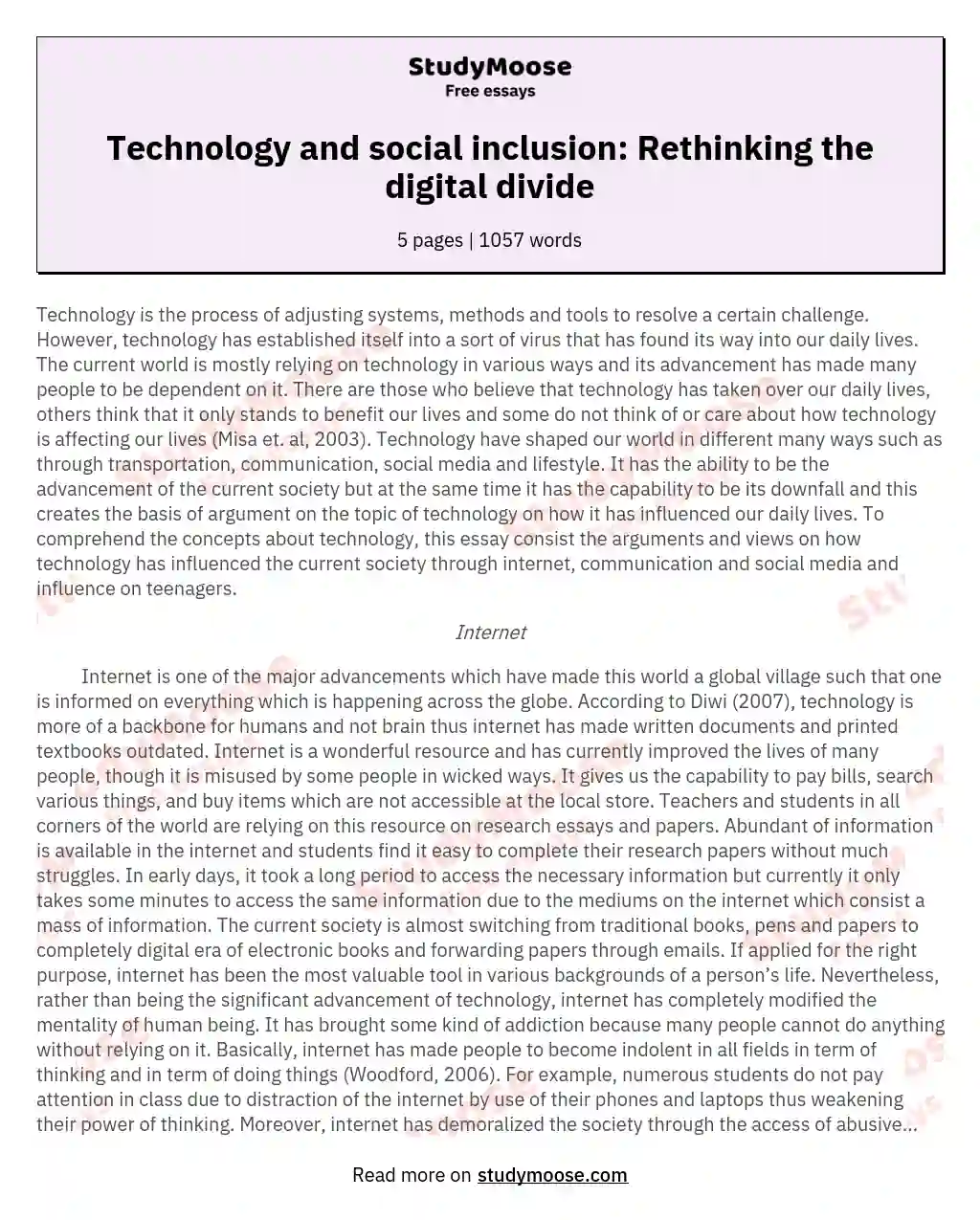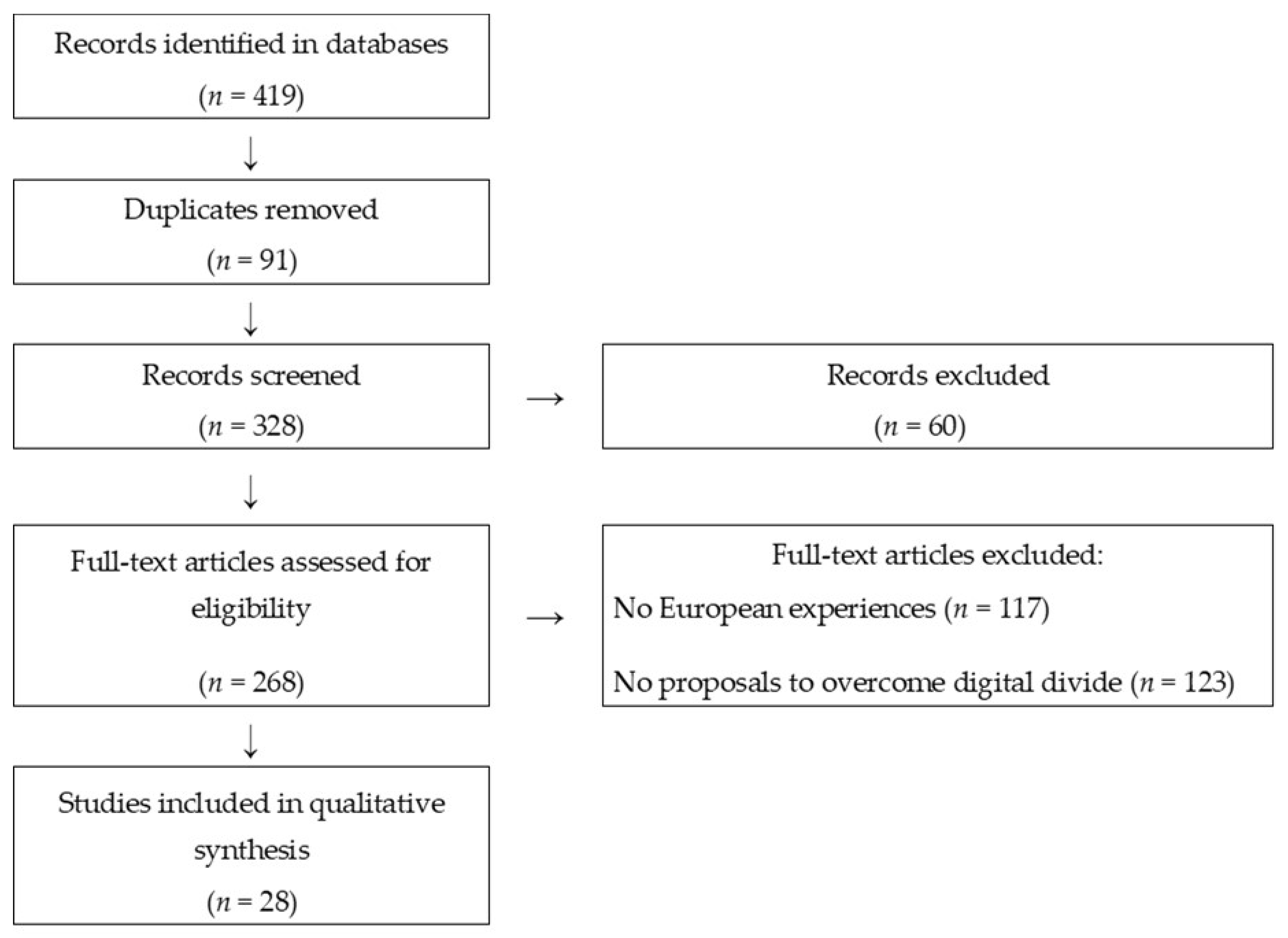The digital divide refers to the gap between individuals, households, businesses, and even countries that have access to modern information and communication technologies (ICTs) and those that do not. This divide can manifest in various forms, such as access to the internet, computers, smartphones, and other devices, as well as the skills and knowledge to use these technologies effectively.
The digital divide is a complex and multifaceted issue that has significant implications for social, economic, and political development. On one hand, access to ICTs has the potential to bring about numerous benefits, including improved education, healthcare, and economic opportunities. On the other hand, a lack of access to these technologies can perpetuate existing inequalities and exclusions, especially for marginalized and disadvantaged groups.
One of the most significant consequences of the digital divide is the potential for a further widening of the gap between the rich and the poor. Those with access to ICTs are more likely to have better education, job opportunities, and overall quality of life, while those without access may be left behind in terms of economic and social mobility. This is especially true in developing countries, where the digital divide can exacerbate existing economic and social inequalities.
Furthermore, the digital divide can have serious implications for democracy and political participation. In an increasingly interconnected and digital world, the ability to access and use ICTs has become essential for full participation in political and civic life. Without access to these technologies, individuals and communities may be excluded from important decision-making processes and be unable to advocate for their own interests.
There are various efforts underway to bridge the digital divide and promote greater access to ICTs. These include government policies, private sector initiatives, and civil society efforts to increase connectivity, provide training and education, and promote digital literacy. However, these efforts must be carefully designed and implemented to ensure that they are inclusive and do not further entrench existing inequalities.
In conclusion, the digital divide is a complex and multifaceted issue that has significant implications for social, economic, and political development. Bridging the divide will require a combination of efforts from multiple actors, including governments, the private sector, and civil society, to increase access to ICTs and promote digital literacy for all.
The digital divide refers to the gap between individuals and communities with access to digital technologies and those without. This divide can have significant consequences, as access to the internet and digital devices is increasingly essential for education, employment, and socialization.
One of the primary causes of the digital divide is the high cost of technology and internet access. Many individuals and communities cannot afford to purchase computers or smartphones, or pay for internet service. This disproportionately affects low-income and marginalized communities, as they may not have the financial resources to keep up with the rapidly advancing technology.
Another factor contributing to the digital divide is the lack of infrastructure in some areas. In rural or remote locations, it may be difficult or impossible to access high-speed internet, limiting the ability of residents to connect to the online world. Even in urban areas, internet service may be unreliable or slow, making it difficult for individuals to fully utilize digital technologies.
The digital divide also has an impact on education. Students who do not have access to computers or the internet at home may fall behind their peers who do, as they are unable to complete assignments or access online learning resources. This can create a cycle of disadvantage, as students who are already struggling academically may fall further behind due to a lack of access to technology.
Efforts to bridge the digital divide are essential in order to ensure that all individuals and communities have equal access to the opportunities and resources provided by the internet. This may include initiatives to provide low-cost or free computers and internet access to underserved populations, as well as efforts to improve infrastructure in areas with limited connectivity.
Ultimately, addressing the digital divide is about more than just ensuring access to technology. It is about creating a more equitable society where everyone has the opportunity to succeed and thrive. By working to bridge the digital divide, we can create a more inclusive and connected world.







